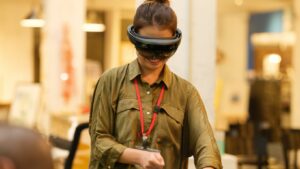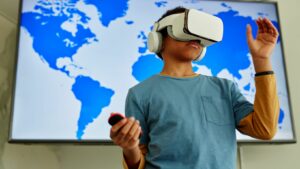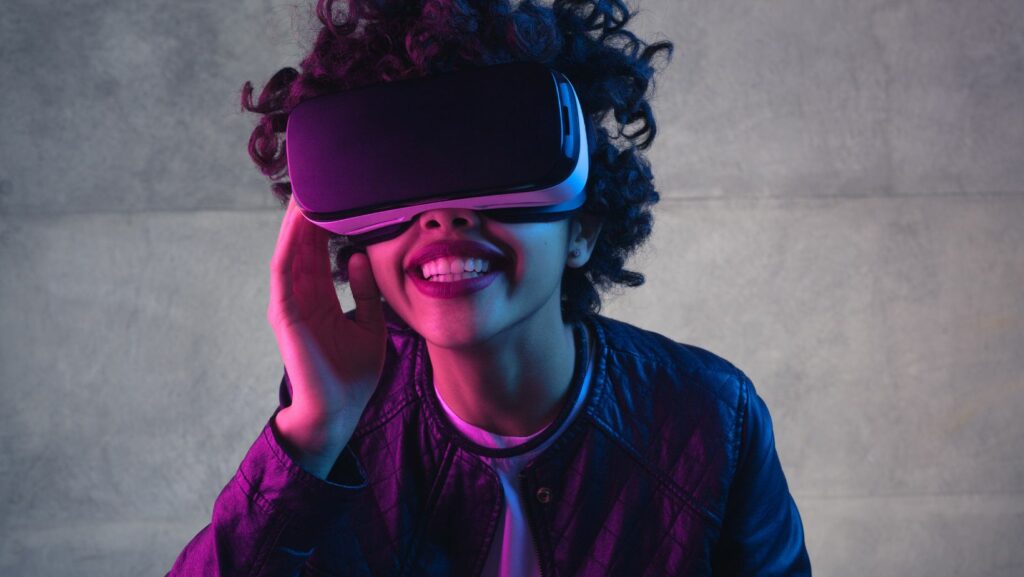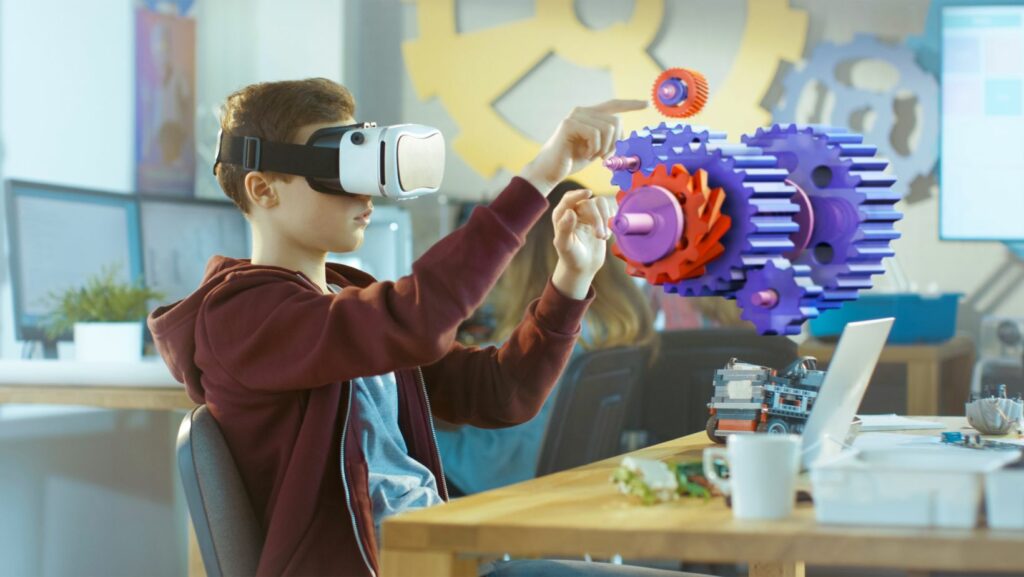Augmented reality (AR) is transforming the educational landscape, offering immersive experiences that enhance learning and engagement. As technology advances, AR apps are becoming an integral tool in classrooms around the world. They bring abstract concepts to life, allowing students to visualize and interact with information in new and exciting ways.
Educators are increasingly turning to AR to provide dynamic learning environments that captivate students’ imaginations and foster deeper understanding. From dissecting virtual frogs to exploring historical sites without leaving the classroom, AR apps offer a spectrum of educational possibilities that are both innovative and accessible.
Ar Apps For Education
Early Beginnings of Augmented Reality
Augmented Reality (AR) began as a simple concept, used initially in television and military equipment in the early 1990s. Its first significant educational application wasn’t seen until much later. AR’s integration into academia started to gain momentum with the advent of mobile technology, which allowed developers to create interactive learning tools that students could access on their devices. Pioneering projects, such as the ARCHEOGUIDE system in 2001, provided users with virtual reconstructions of ancient sites, offering a dynamic way to explore historical content.
Milestones in Educational AR
 Over the years, several key developments have marked the evolution of AR in education:
Over the years, several key developments have marked the evolution of AR in education:
- 2009: The launch of Layar, a mobile app, allowed users to view digital information overlaid onto the real world, which sparked ideas for educational applications.
- 2013: Google Glass was introduced and was experimented with in classrooms to explore its educational potential, though it faced mixed overviews.
- 2015: Microsoft released the HoloLens, which brought high-quality mixed reality experiences and was later used in various educational settings, including medical and engineering training.
- 2018: Apple announced ARKit, making it easier for developers to create AR apps for iOS devices, thereby increasing the reach of AR in education.
Each milestone involved significant advancements in technology, revealing new possibilities for making learning experiential and interactive through AR apps. These apps have helped educators present complex subjects in a more understandable way, catering to different learning styles and preferences.
Benefits of Using AR Apps in Education
Enhanced Learning Experience
 AR apps in education transform traditional learning environments into interactive, immersive experiences. Students can visualize complex concepts in a three-dimensional space, enhancing their understanding and retention of information. For instance, in subjects like biology, AR can overlay detailed structures of the human body onto a real-world environment, allowing students to explore bodily systems in a way that textbooks cannot provide. This sensory engagement aids in simplifying complicated topics and makes learning more accessible.
AR apps in education transform traditional learning environments into interactive, immersive experiences. Students can visualize complex concepts in a three-dimensional space, enhancing their understanding and retention of information. For instance, in subjects like biology, AR can overlay detailed structures of the human body onto a real-world environment, allowing students to explore bodily systems in a way that textbooks cannot provide. This sensory engagement aids in simplifying complicated topics and makes learning more accessible.
AR apps significantly boost student engagement and motivation. By incorporating gamified elements and interactive features, these apps make learning enjoyable and exciting. Students often show increased enthusiasm when using AR, as it allows them to interact with educational content in a novel and dynamic way. For example, historical education through AR can bring historical figures and events to life, which not only captures the students’ interest but also deepens their connection to the material, thereby fostering a more memorable learning experience.
AR Apps for Different Educational Levels
AR Apps for Elementary Education
 Augmented Reality (AR) apps have become indispensable tools in elementary classrooms by transforming abstract concepts into engaging and interactive experiences. Apps like Quiver allow students to color pages that leap to 3D life when viewed through a device, aiding in the development of spatial awareness and fine motor skills. Similarly, Metaverse enables educators to create interactive learning experiences that can include quizzes and treasure hunts, seamlessly integrating technology with traditional learning methods. Elementary students are particularly receptive to these types of immersive experiences, which often enhance enthusiasm for learning and improve retention of information.
Augmented Reality (AR) apps have become indispensable tools in elementary classrooms by transforming abstract concepts into engaging and interactive experiences. Apps like Quiver allow students to color pages that leap to 3D life when viewed through a device, aiding in the development of spatial awareness and fine motor skills. Similarly, Metaverse enables educators to create interactive learning experiences that can include quizzes and treasure hunts, seamlessly integrating technology with traditional learning methods. Elementary students are particularly receptive to these types of immersive experiences, which often enhance enthusiasm for learning and improve retention of information.
AR technology in higher education offers advanced tools for detailed and immersive study, particularly useful in disciplines that require a high level of precision and spatial understanding. Elements 4D allows chemistry students to interact with elements in 3D, combining them to see chemical reactions happen in real time—an invaluable tool for visual learners. Architecture students benefit from apps like ARki, which displays 3D models of architectural designs that can be viewed from different angles and in various environments. These tools not only support the curriculum but also prepare students for professional challenges by simulating real-world applications.



